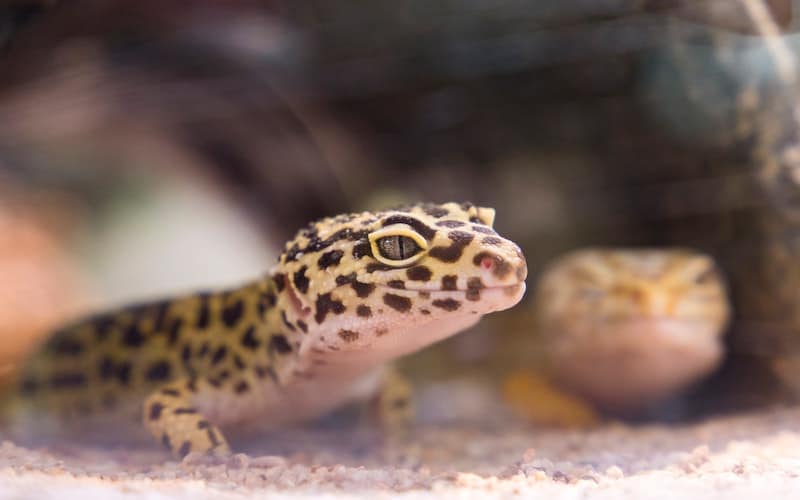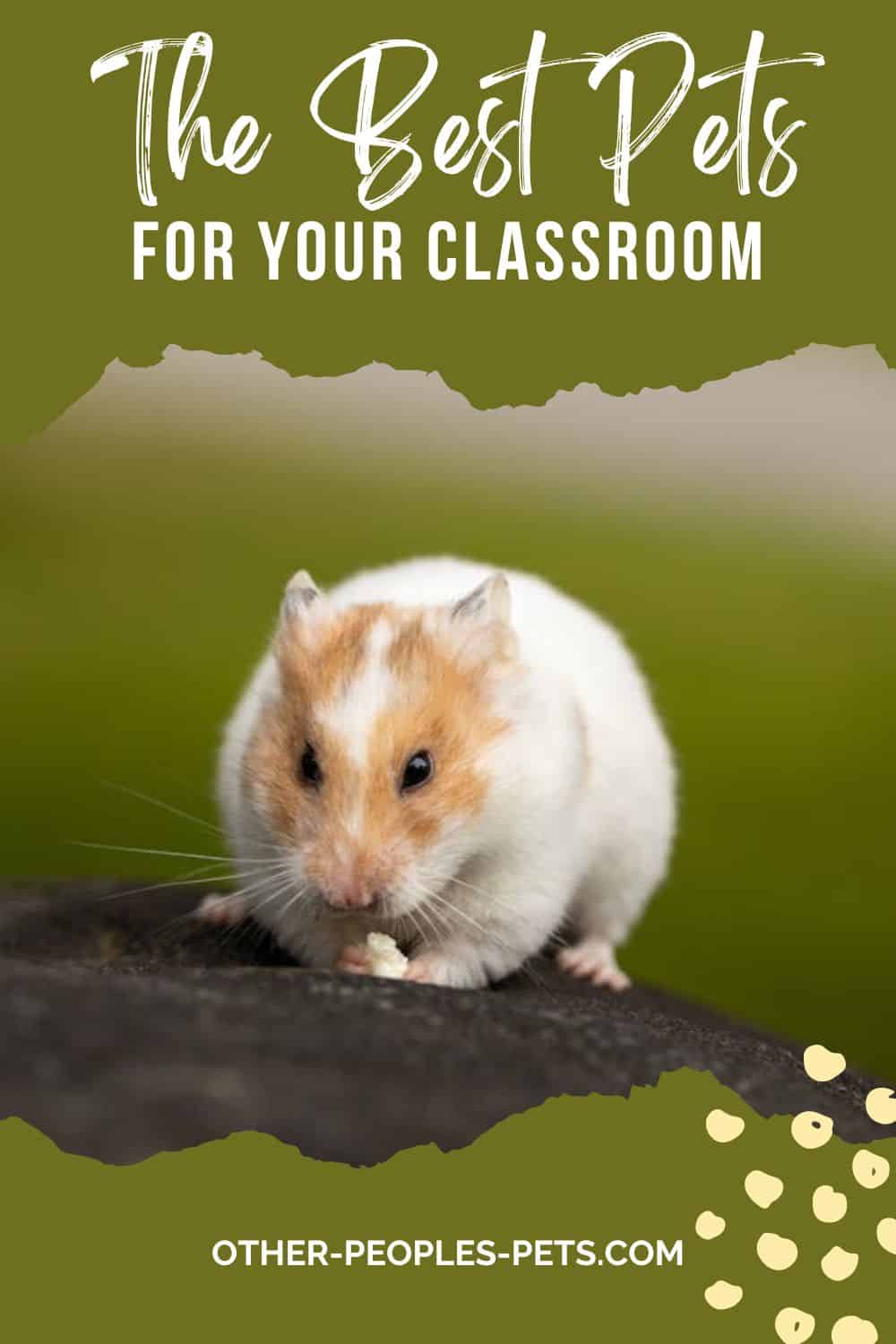Last Updated on July 13, 2024 by ellen
Having pets in the classroom can be a rewarding experience for both teachers and students. Pets offer a unique way to teach responsibility, empathy, and biology.
Posts may be sponsored. This post contains affiliate links, which means I will make a commission at no extra cost to you should you click through and make a purchase. As an Amazon Associate I earn from qualifying purchases.
Table of Contents
The Best Pets to Have in the Classroom
This blog post will explore the best pets for classrooms, answer frequently asked questions about having pets in educational settings, and provide tips for maintaining a pet-friendly classroom environment.
If your school doesn’t have a school pet, speak to your child’s teacher.
Why Have Pets in the Classroom?
So, classroom pets can enhance the learning environment in several ways:
Educational Value: Pets can be integrated into science lessons, teaching students about animal care, biology, and ecosystems.
Emotional Support: Pets can help reduce stress and anxiety, providing a calming presence in the classroom.
Responsibility: Caring for a pet teaches students responsibility, empathy, and teamwork as they share duties like feeding and cleaning.
Best Pets for Classrooms
Choosing the right pet for your classroom depends on factors like maintenance, lifespan, and interaction level. Here are some of the best pets for educational settings:
1. Fish
Fish tanks are mesmerizing and can create a tranquil classroom atmosphere. They require regular cleaning and feeding but are relatively low-maintenance compared to other pets. So, check out the best fish for children to get started.
2. Hamsters
Hamsters are small, easy to care for, and perfect for teaching students about rodent behavior and care. Ensure you get a hamster-friendly cage and handle them gently to avoid stress.
3. Guinea Pigs
Guinea pigs are friendly, social animals that enjoy interaction with students. They require a larger cage and fresh vegetables daily, making them a slightly higher commitment.
4. Turtles
Turtles can be a fascinating addition to the classroom, especially for lessons on reptiles. They need a proper tank with water and land areas and a UV light for basking.
5. Hermit Crabs
Hermit crabs are intriguing and relatively easy to care for. They require a habitat with sand, fresh and saltwater, and various shells for them to grow into.
Frequently Asked Questions About Pets in the Classroom
Should pets be allowed in classrooms?
Yes, if proper care can be provided and the school policy allows it. Pets can offer significant educational and emotional benefits.
What are the benefits of having pets in the classroom?
Pets teach responsibility, empathy, and provide hands-on learning experiences. They can also help create a calming environment, reducing stress and improving focus.
What considerations should be made before introducing a pet?
Consider allergies, maintenance, the pet’s lifespan, and how the pet will be cared for during weekends and holidays. Ensure all students are comfortable with the chosen pet.
How can pets be incorporated into lessons?
Pets can be used in science lessons to teach about animal behavior, biology, and ecosystems. Finally, they can also be included in art projects, reading time, and responsibility charts.
Tips for a Pet-Friendly Classroom
Choose Low-Maintenance Pets: Start with pets that require less care to ensure a smooth integration into the classroom routine.
Involve Students in Care: Assign daily or weekly pet care tasks to students, teaching them responsibility and teamwork.
Create a Care Schedule: Develop a clear schedule for feeding, cleaning, and weekend care to ensure you meet the the pet’s needs consistently.
Educate Students: Teach students about the pet’s habitat, diet, and behavior to foster a respectful and caring attitude.
Ensure Cleanliness: Regularly clean the pet’s habitat to maintain a healthy environment for both the pet and the students.
Check School Policies: Confirm that your school allows pets and understand any specific regulations or guidelines the school provides.
Conclusion
Introducing pets in the classroom can be a highly beneficial experience, providing both educational and emotional support to students. So, by carefully selecting the right pet and ensuring proper care, teachers can create a dynamic and engaging learning environment.
Remember to involve students in the process and educate them about the responsibilities of pet ownership to maximize the benefits of having a classroom pet.
Finally, you may want to check out the best pets for college students.

Ellen runs a small pet sitting business in southern Vermont. She has experience with a variety of small animals, dogs and cats. She has also cared for ducks, chickens and rabbits. Combined, she has over 20 years of experience in pet care and pet sitting.




